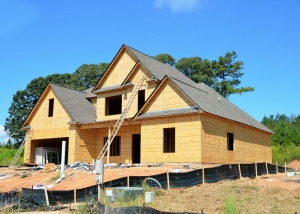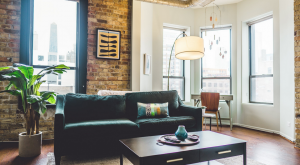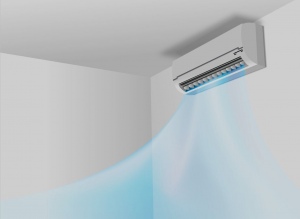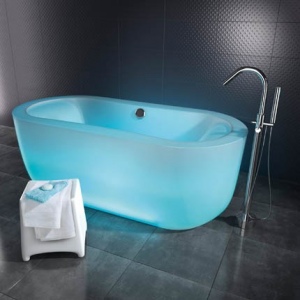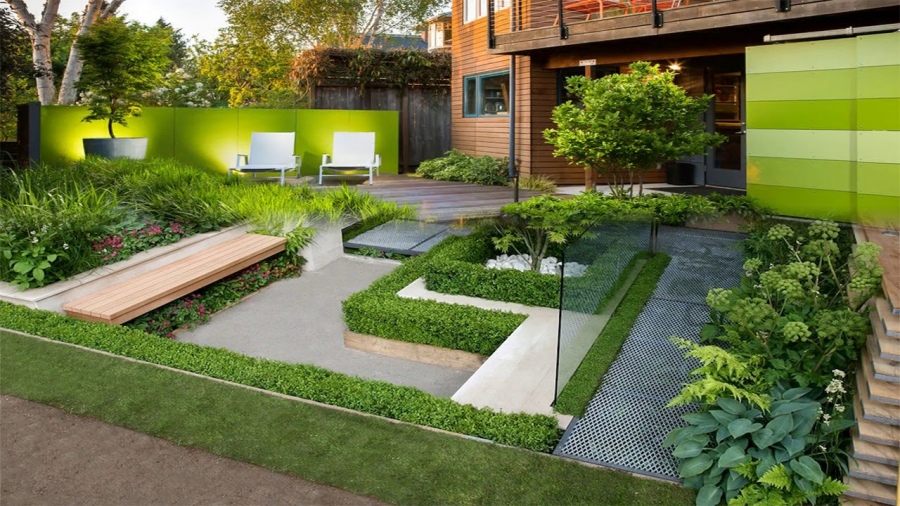For many years, commercial spaces have used epoxy as the flooring of choice. There’s a growing demand for resurfacing concrete and until recently, epoxy has been the only option available. While the technology is superb, it’s not without flaws. New technologies such as polyureas and polyaspartics have emerged and they threaten to topple epoxy’s stronghold on the market.
Why Resurface Concrete
Increase lighting: Since concrete does not reflect light, a bare concrete floor will leave a room lifeless and drab. Coatings will reflect light and instantly alter the appearance of a room.
Seamless: Epoxy coatings remove the seams in floors, which make them easier to clean.
Prevent bacteria: The porous nature of concrete attracts mold, bacteria and mildew. Epoxy coatings remove the threat and create a healthy environment.
Reduce humidity: Floor coatings reduce the humidity that concrete emits in the air.
Decorative epoxy: Epoxies are available in multiple colors and designs, so you can achieve a completely unique look.
Some Problems
There are some unfortunate limitations with the chemical composition of epoxy. First, it has a low tolerance to moisture, salts and acid. The concrete below emits water and salts on the surface as it cures, and this whole process can cause epoxy to delaminate as the salt and water affects the interlinking of the epoxy with the concrete’s surface.
Another issue can arise from unevenness in concrete floors. Since the floors are hardly ever level, the epoxy’s self-leveling ability can affect the performance of the floor. The coating will be thick in the low spots and thin in the high spots making the later subject to rapid wear.
Some Solutions
Polyureas and polyasparticsare new technologies that fix some of the problems seen with epoxy coatings. These have the ability to “wet” to the surface of the concrete as long as the floor below is ground smooth. Grinding the floor serves two purposes. The first is that it levels the floors, removing the high and low spots discussed previously. It also opens the pores in the concrete, so the polyureas and polyaspartics will absorb into the concrete. This permanently seals the pores and increases the density of the concrete to altogether stop moisture and salts from accumulating on the concrete’s surface.
The finish is just like that of epoxy and may be colored any way you want. You can also apply quartz or decorative chips to the commercial epoxy flooring. Polyurea is superior to epoxy in that scratches occur in a straight line – no fraying- so dirt and bacteria will be removed once cleaned. This is a crucial benefit for restaurants, medical facilities and commercial kitchens.
A final unique benefit is the option to alter the time it takes to cure. You can add additives to speed up or slow down the cure time based on your climate. If you need to reclaim your commercial space in the fastest possible time, you can speed up the time it takes to cure. Of course, in this case, you’ll have to pay more for the results.
Author Bio
Crystal is a 4th Year Architecture Student studying at WIT. She blogs on construction and real estate topics occasionally in her free time.

